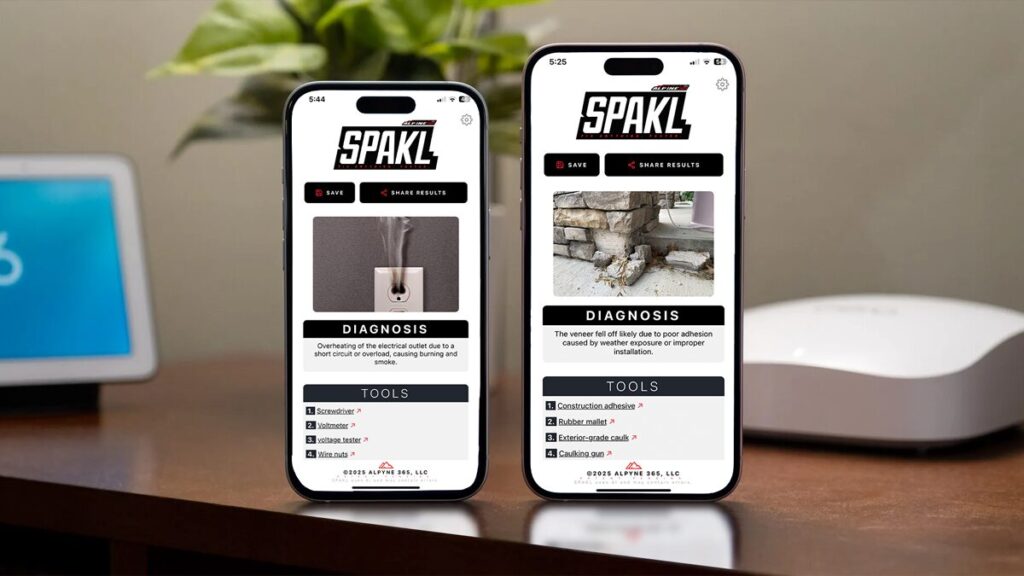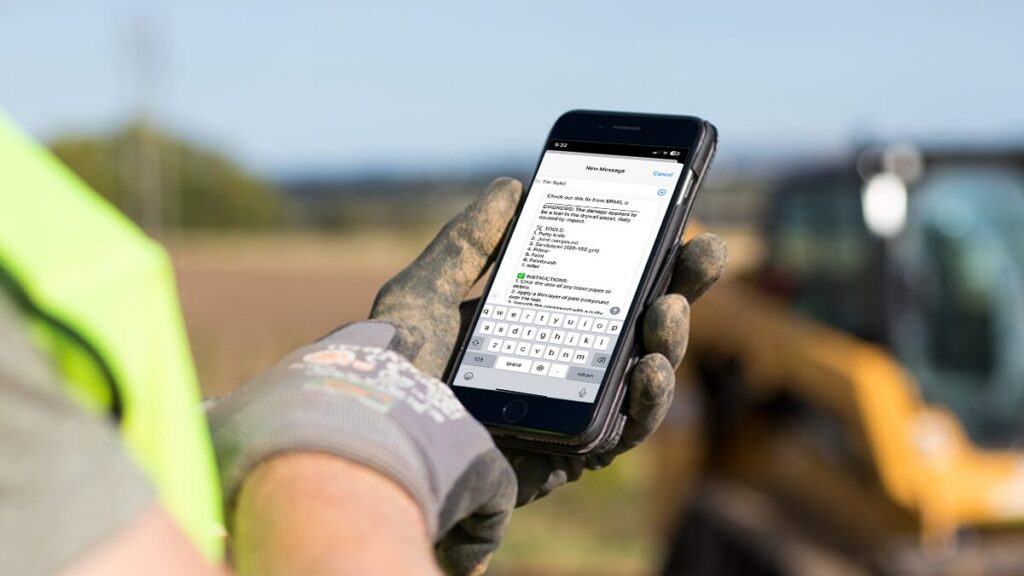Building a mobile application with AI feels like talking to someone who is insanely skilled, distractible, and fully convinced they are always right. It can be magical, and it can be maddening. Fact checks are optional, confidence is not.
I used to wish I could just explain what I wanted and the computer would do it. Usually that wish showed up while I was wrestling JavaScript or some brittle logic that was supposed to work. I can get technical when I need to, but I live for the wider view. I like seeing ten steps ahead, how each piece collides with the others. I can build from scratch, I have limits, and I know them.
What I trust most in myself is persistence. If I keep at it, I figure it out. That muscle has carried me for years. Once I learn a thing, it stops being scary.




So how does that connect to building a mobile app with AI? I had an idea. An AI powered app that helps people fix anything, faster. I had never built a mobile app outside the Microsoft world. No team, no budget, just an idea and my two hands. Hiring a team would have blown past sixty thousand, so I leaned on ChatGPT and Copilot and started talking to the machine. Why AI instead of a human mentor? Because I did not have anyone to riff with on this. How did the conversation go? Annoyingly positive, almost delusional.
Was AI a good sounding board for the idea? Not really. Did it validate me at every turn? Sure did. Did that matter? Not much. Even if it flopped, I knew I would learn a lot. And I did.
I began with the vision. The AI came back swinging with jargon and a stack of tools. I told it to slow the F down and take it step by step. We picked the foundation. I chose React Native so I could scale and customize without handcuffs. I do not like drag and drop builders. My background was HTML, CSS, light JavaScript, jQuery, a touch of SQL. TypeScript was new to me. JSON beyond basics, also new. Did that stop me? Not a chance.
I asked it to scaffold the initial App.tsx, the first touchpoint for users and the place I would build a lot of the app. The code arrived fast. For a moment I thought, well that is it, developers are done. Then reality popped that balloon. The real work is integration, iteration, and not breaking what already works.
From there it was back and forth. Login and auth, sign in options, limits and permissions, useful tools, project history, logout, subscriptions and payments, the maze of rules from Apple and Google. It was a lot. And the AI got lost, a lot.
I wish I could say I stayed calm the whole time. I did not. When I warned it not to touch a fragile part and it bulldozed it anyway, I snapped. After a couple of hours of trying and refining prompts, I would finally land the thing I asked for at the start. If I had known what I was doing, it might have taken forty five minutes. Price of being new, paid in arguments with a robot.
One day I completely botched a build and then ran a Git command that deleted a terrifying pile of files. My heart dropped. Months of work, gone. I asked ChatGPT what to do. It was calmer than any person in my life in that moment and walked me through recovery. Files began to reappear. I ran a preview build, opened Expo Go, and there it was. I had lost time, not the work. I also gained a recovery playbook that will never leave my head. I also never missed a moment to back stuff up to OneDrive from then on out!
Beyond the fun parts, mobile apps are plumbing and paperwork. Keys, provisioning, policies, billing, stores. I wrestled with Expo, GitHub, Vercel, RevenueCat, Firebase, Google APIs, OpenAI, and platform rules. The model pointed to buttons that did not exist anymore. I still had to push through each step and get it done.
Conclusion: AI will not do the work for you. It will meet your level of clarity and grit. Bring a simple vision, ship in thin slices, keep control of your architecture, recover fast when things break. If you do that, AI becomes a force multiplier. If you do not, it multiplies the chaos you already have. Keep building, keep learning, keep shipping.
If you are building solo with AI and feel stuck, that feeling is common. Tighten the loop, clean the code, move one step at a time. Stick with it, because most folks won’t, and that’s when you win.




